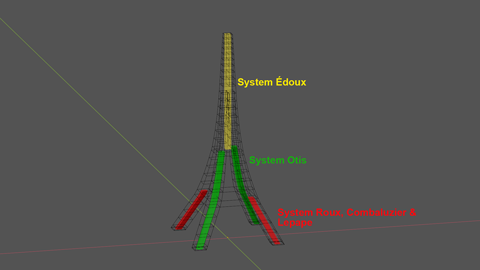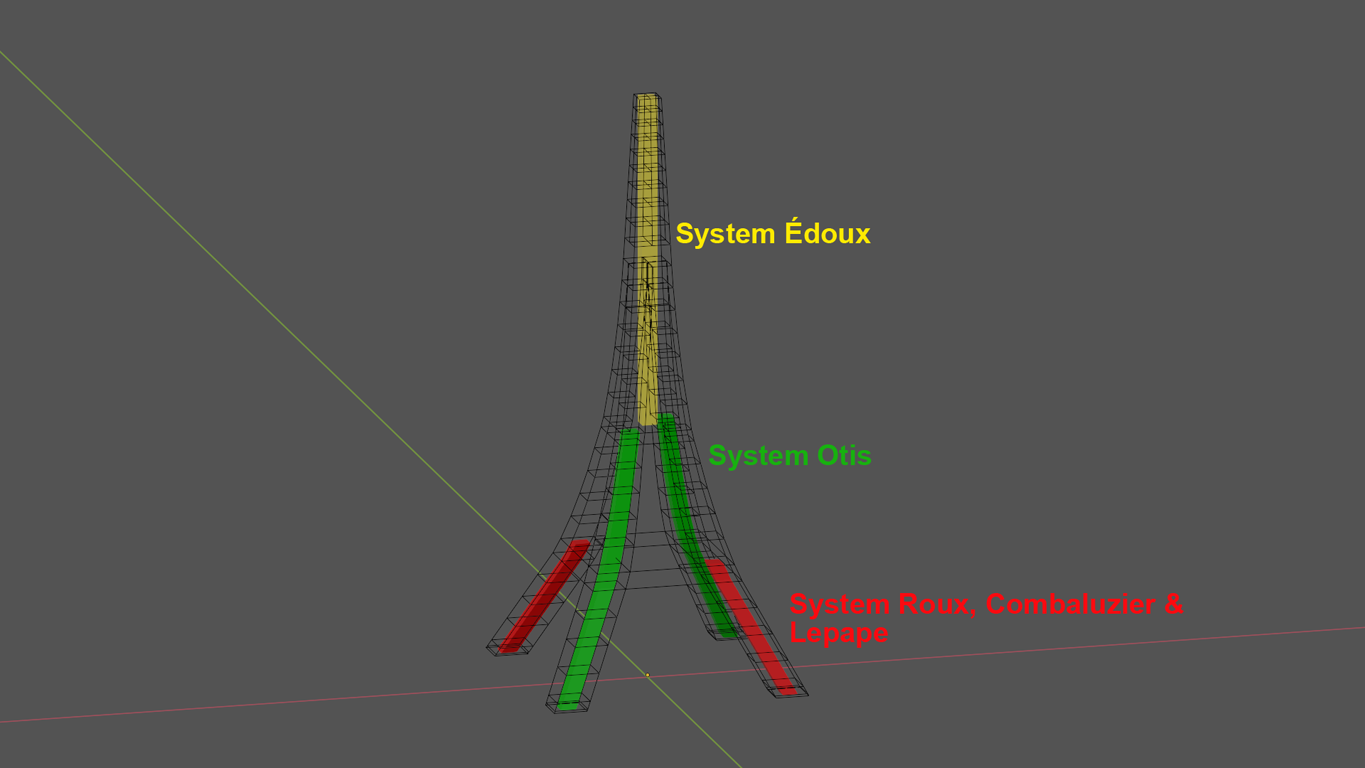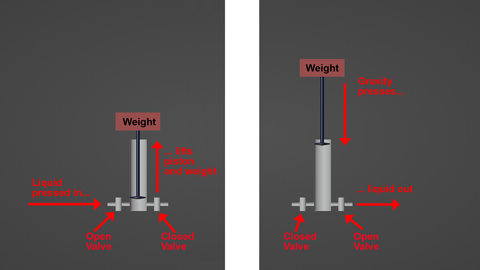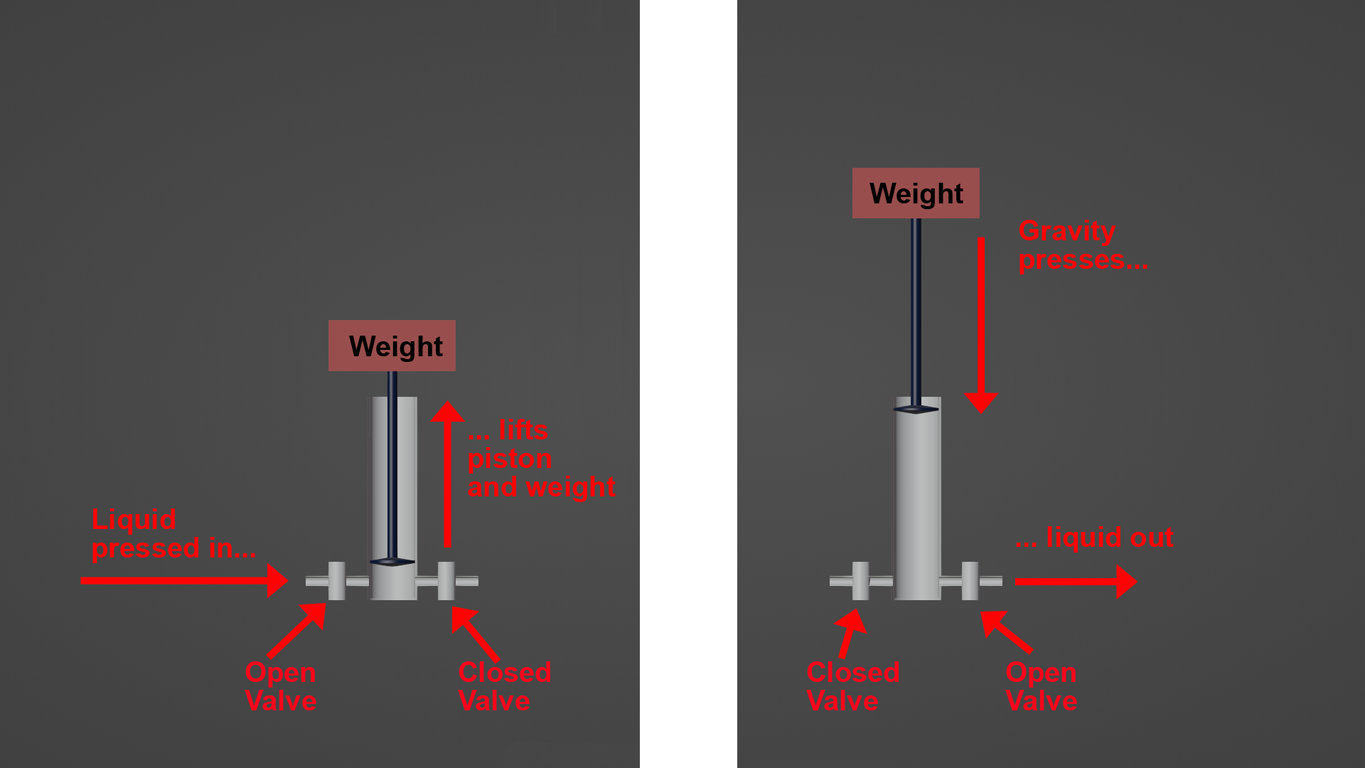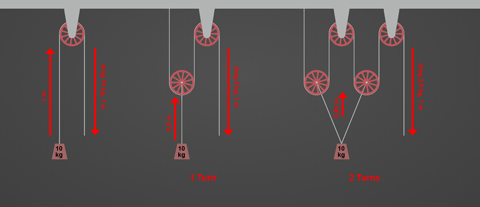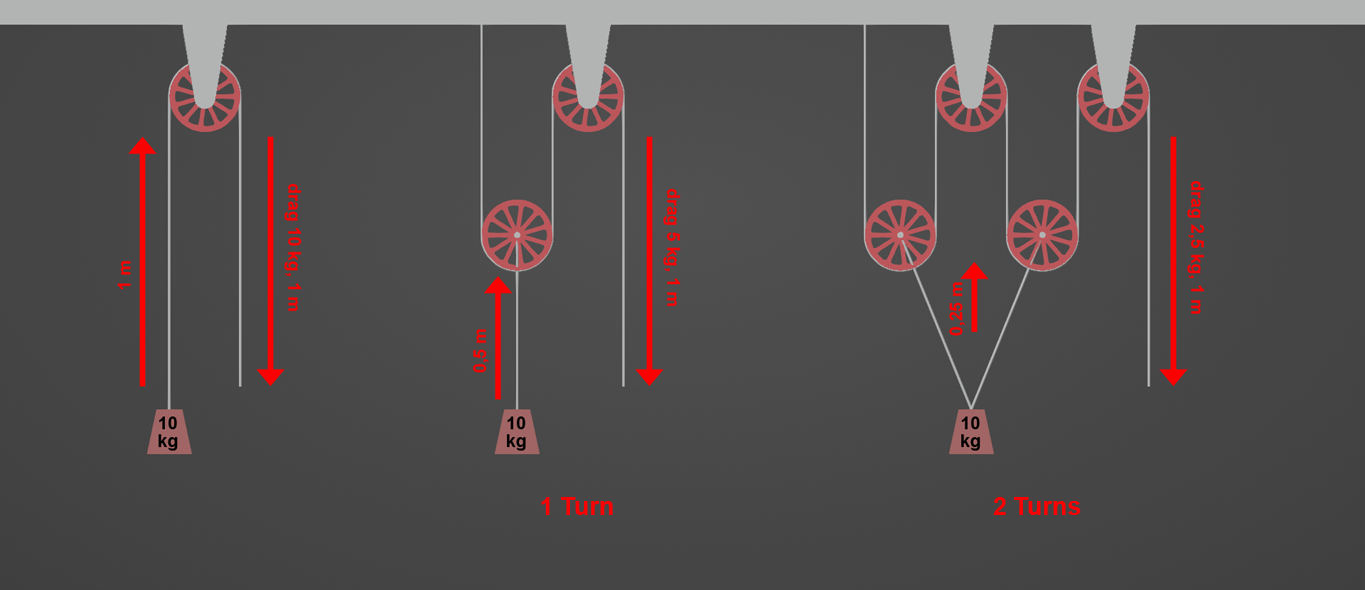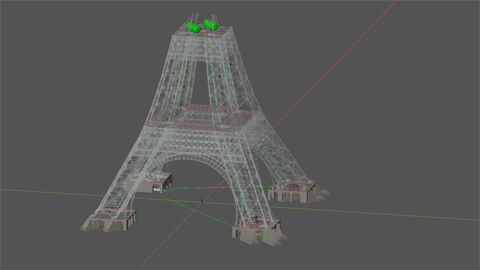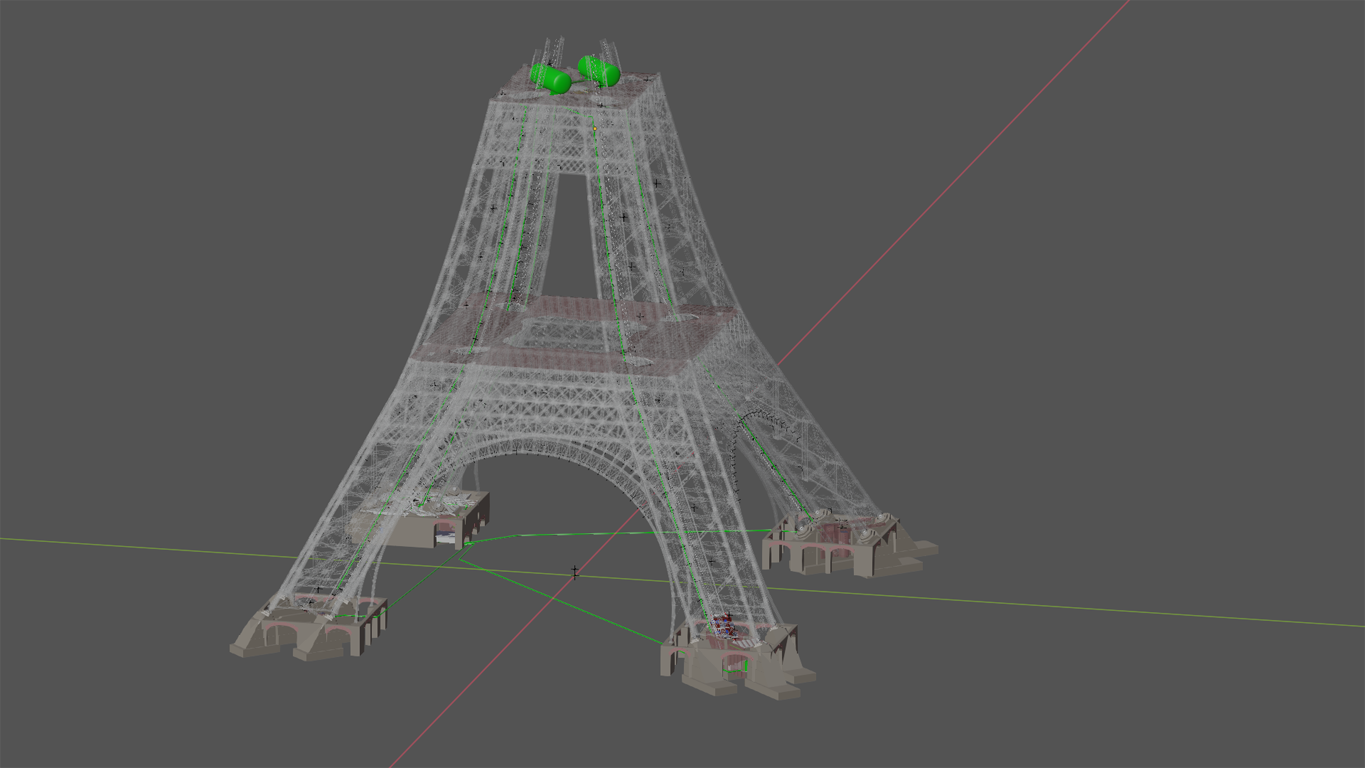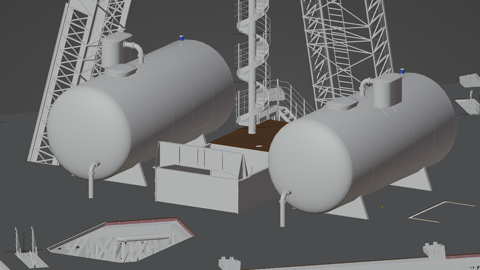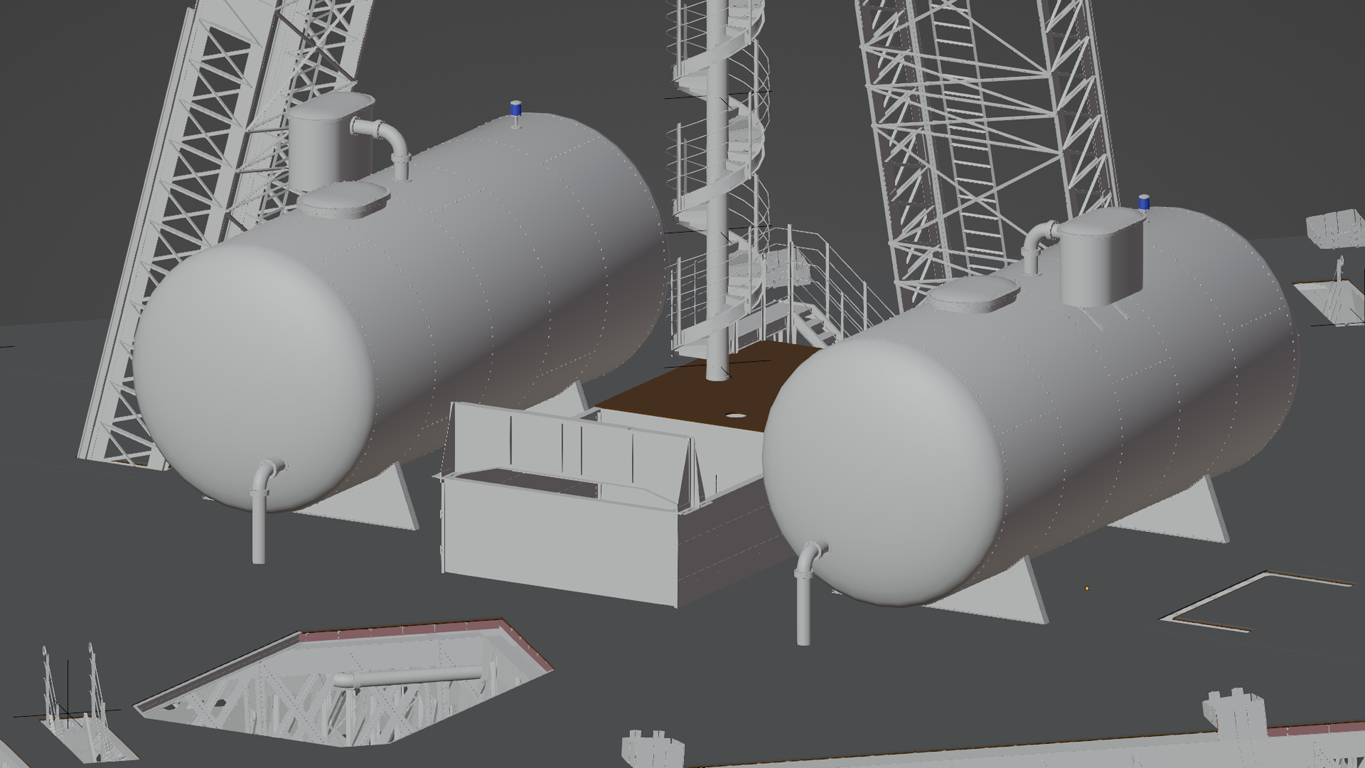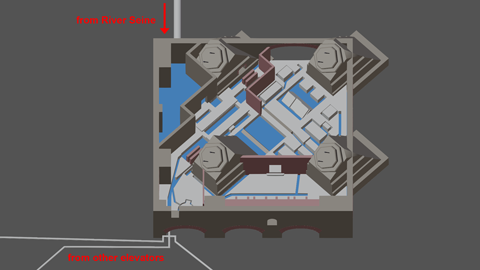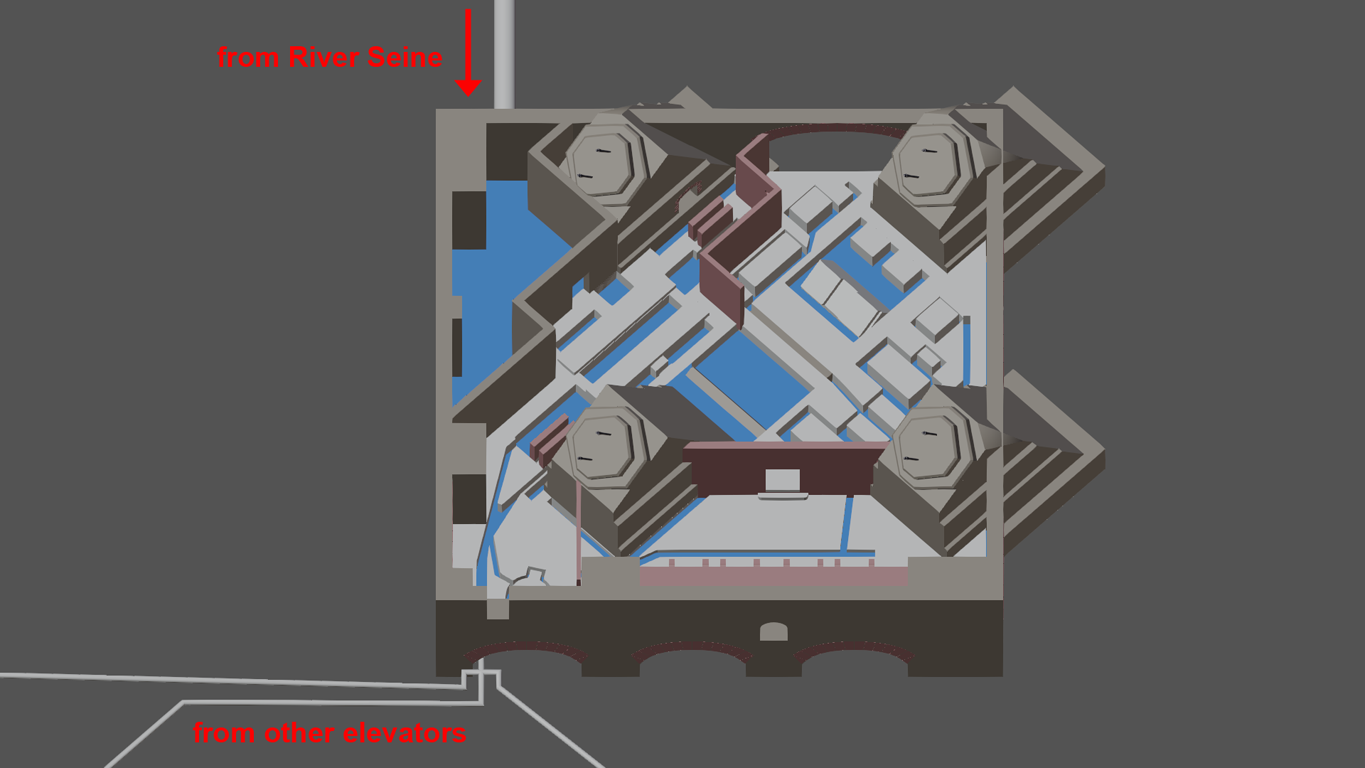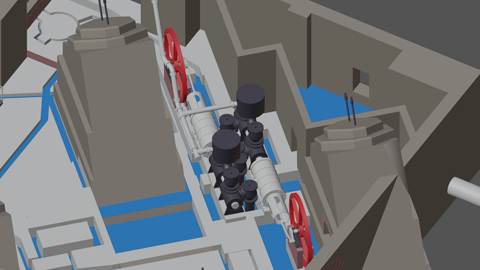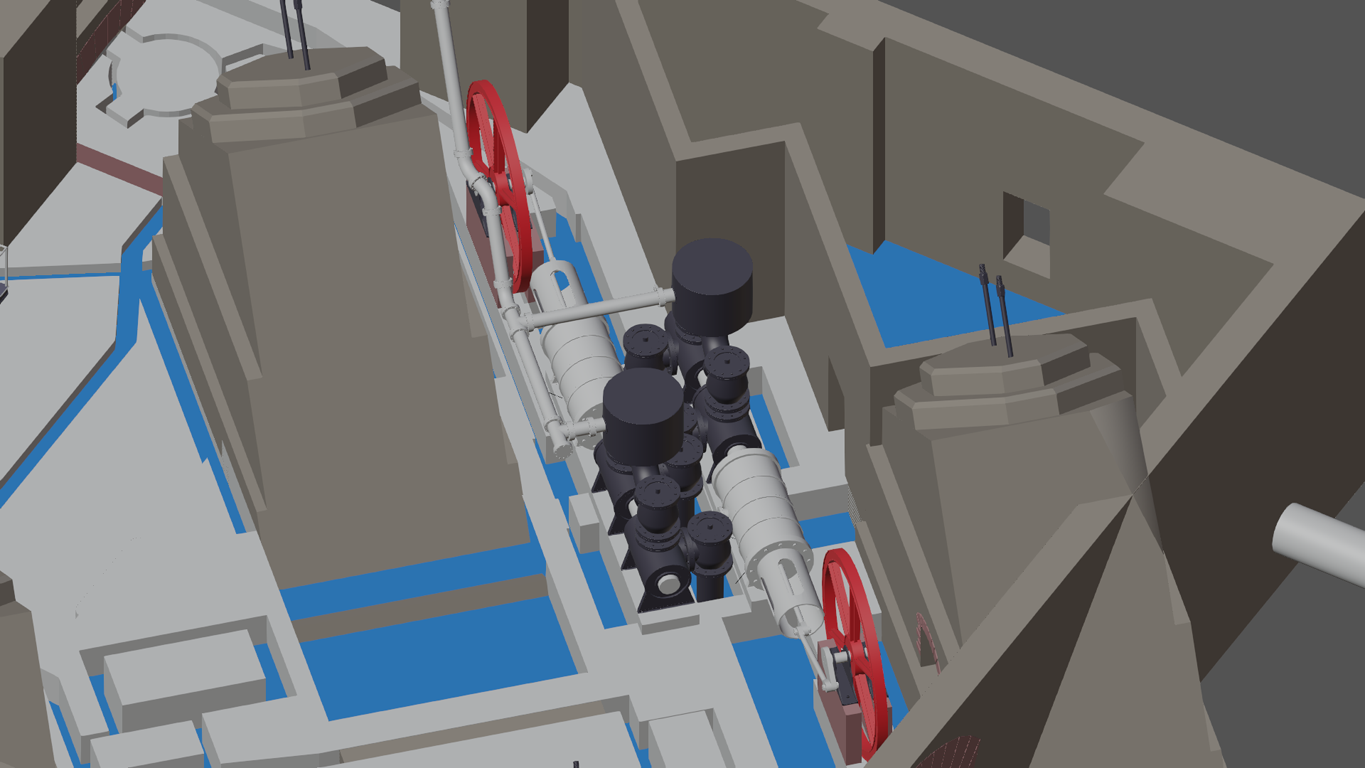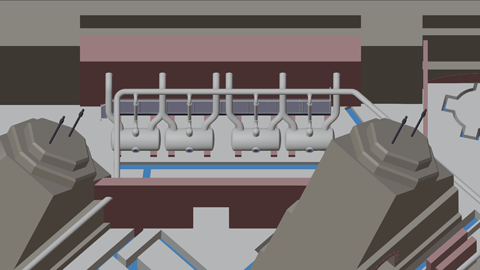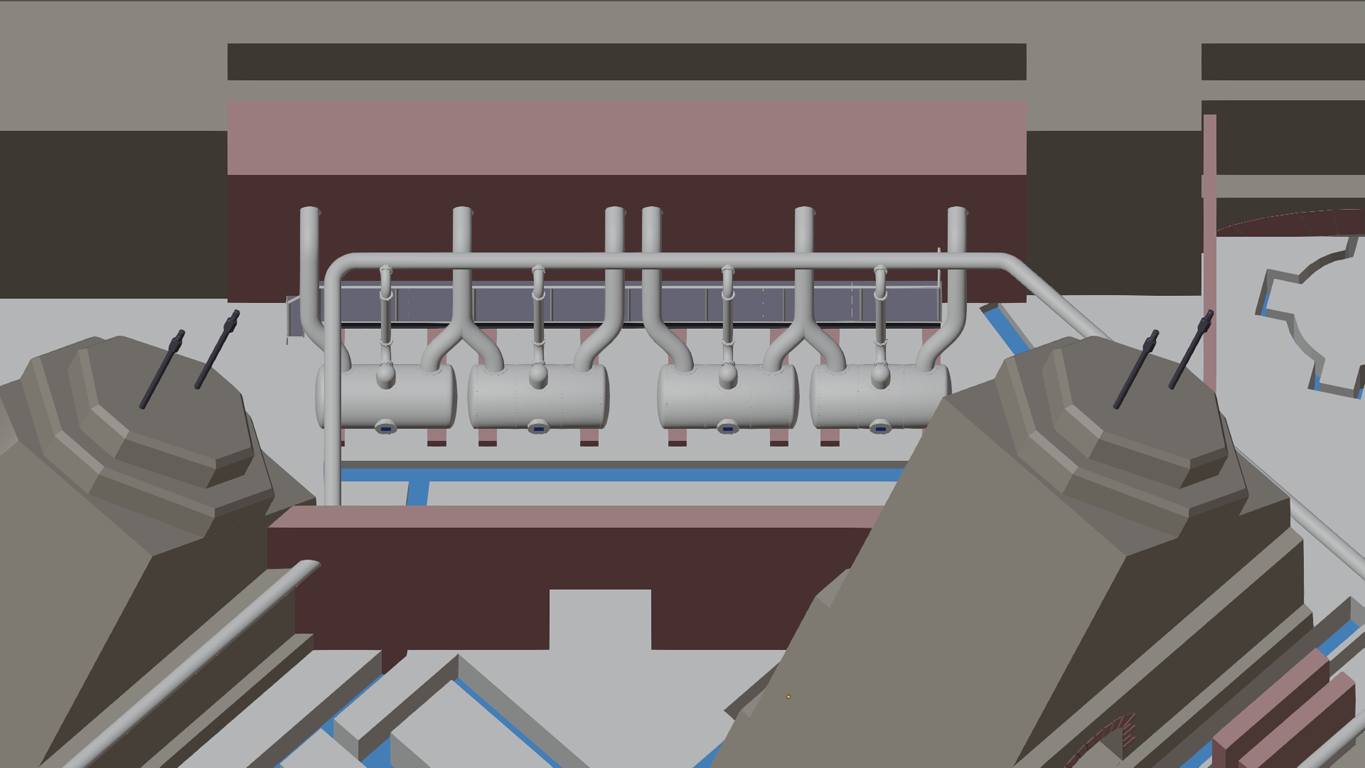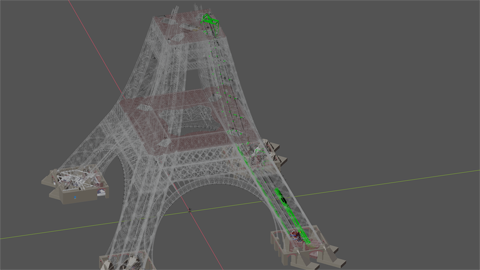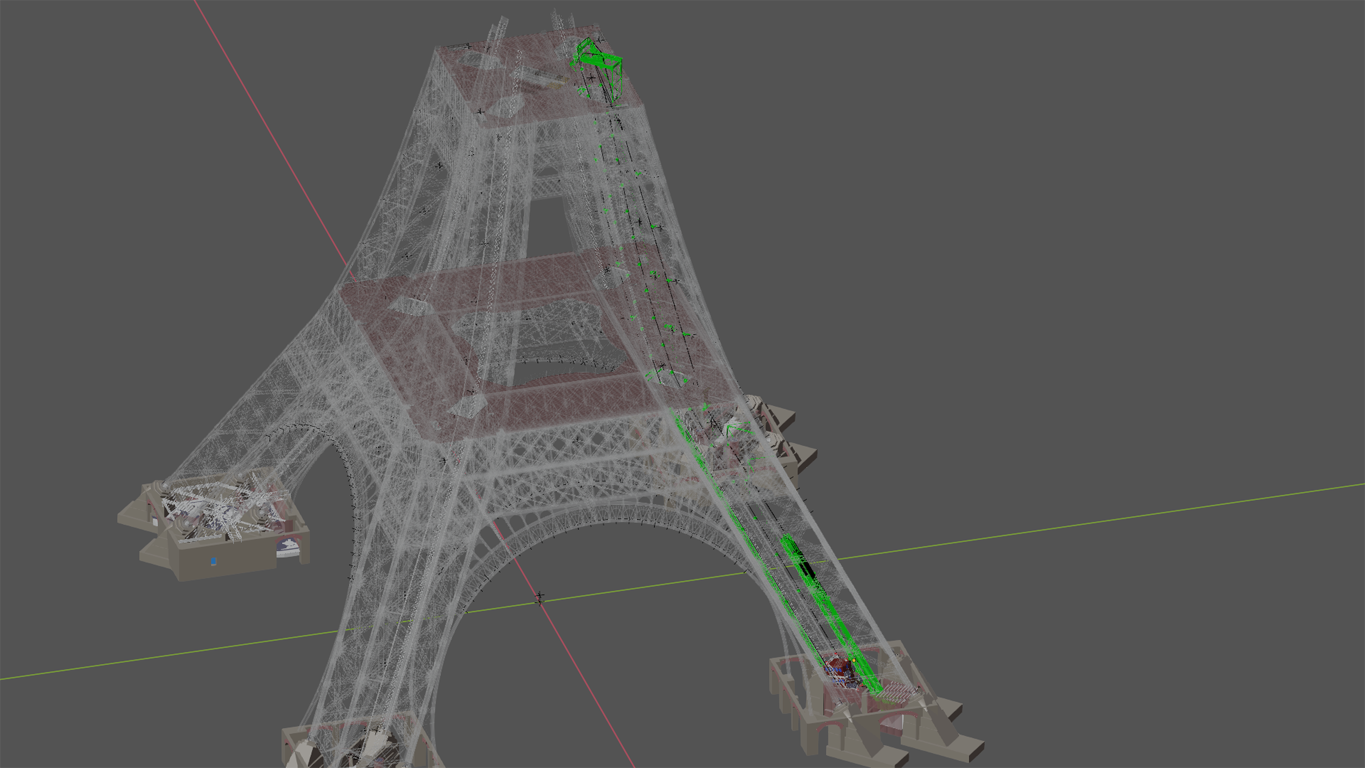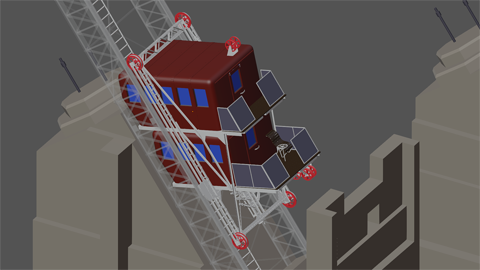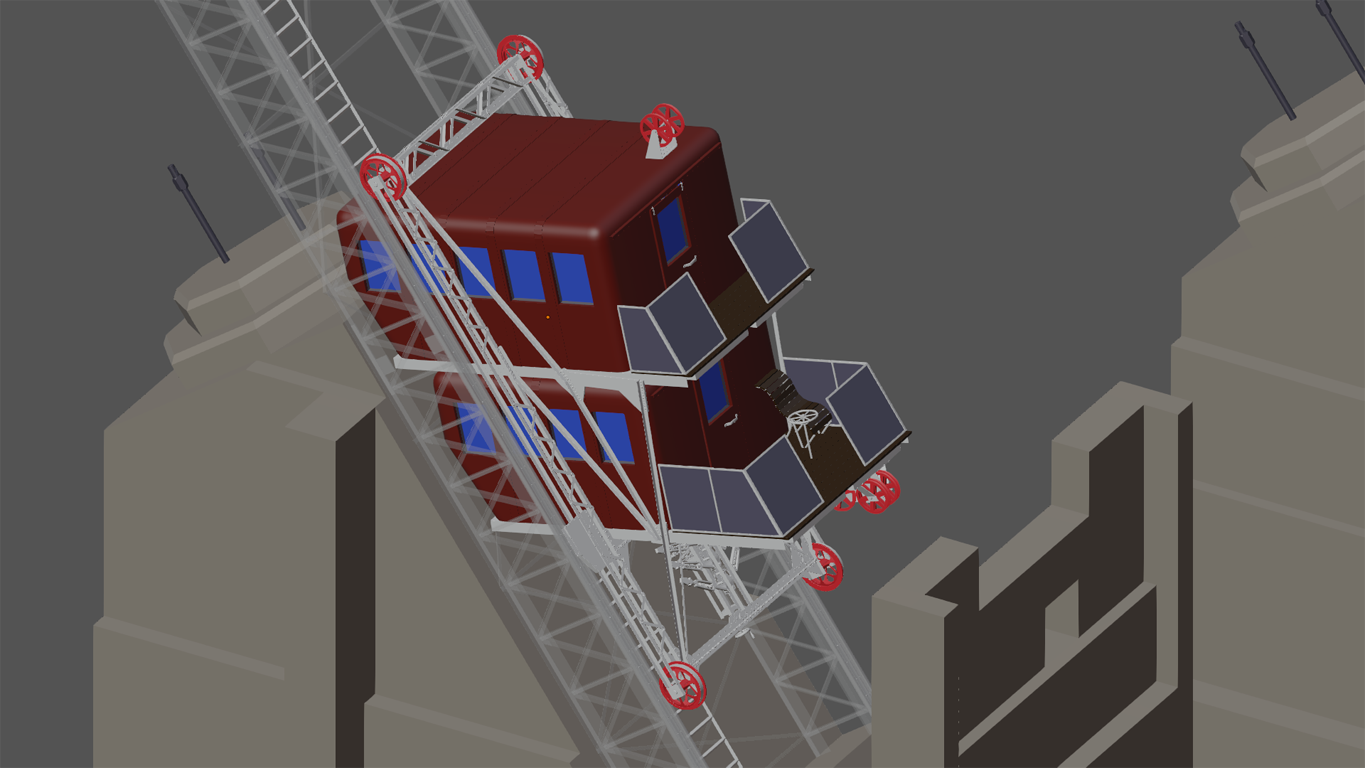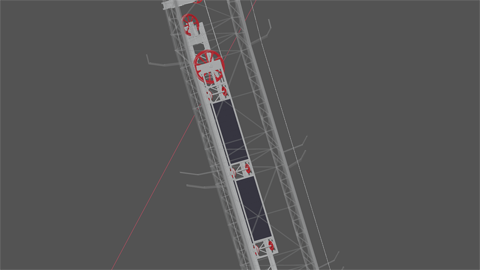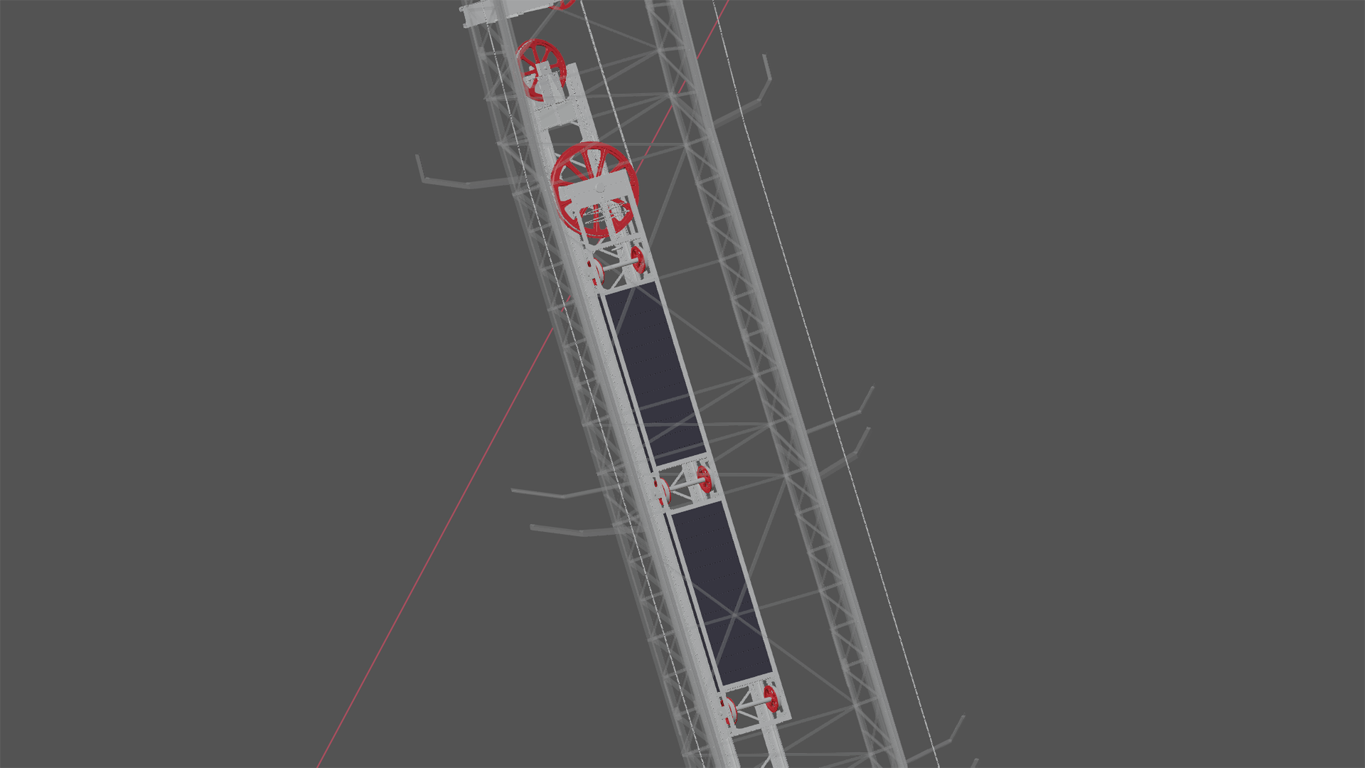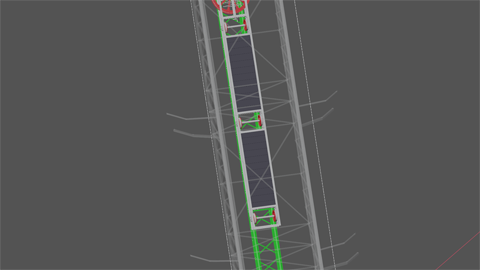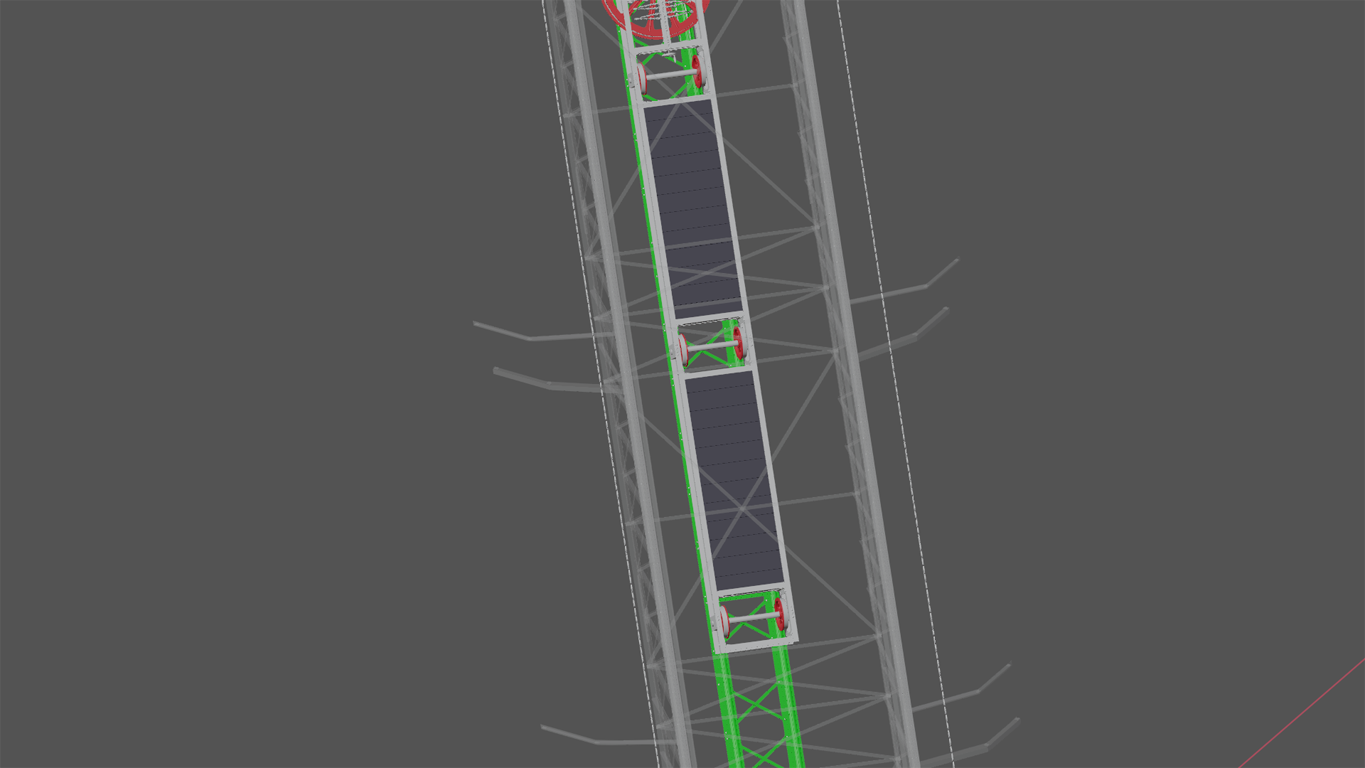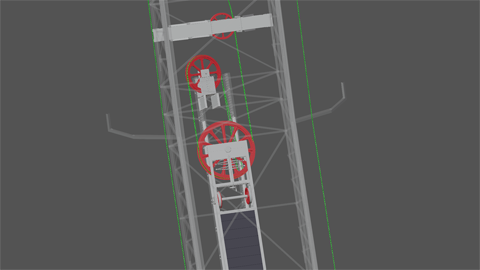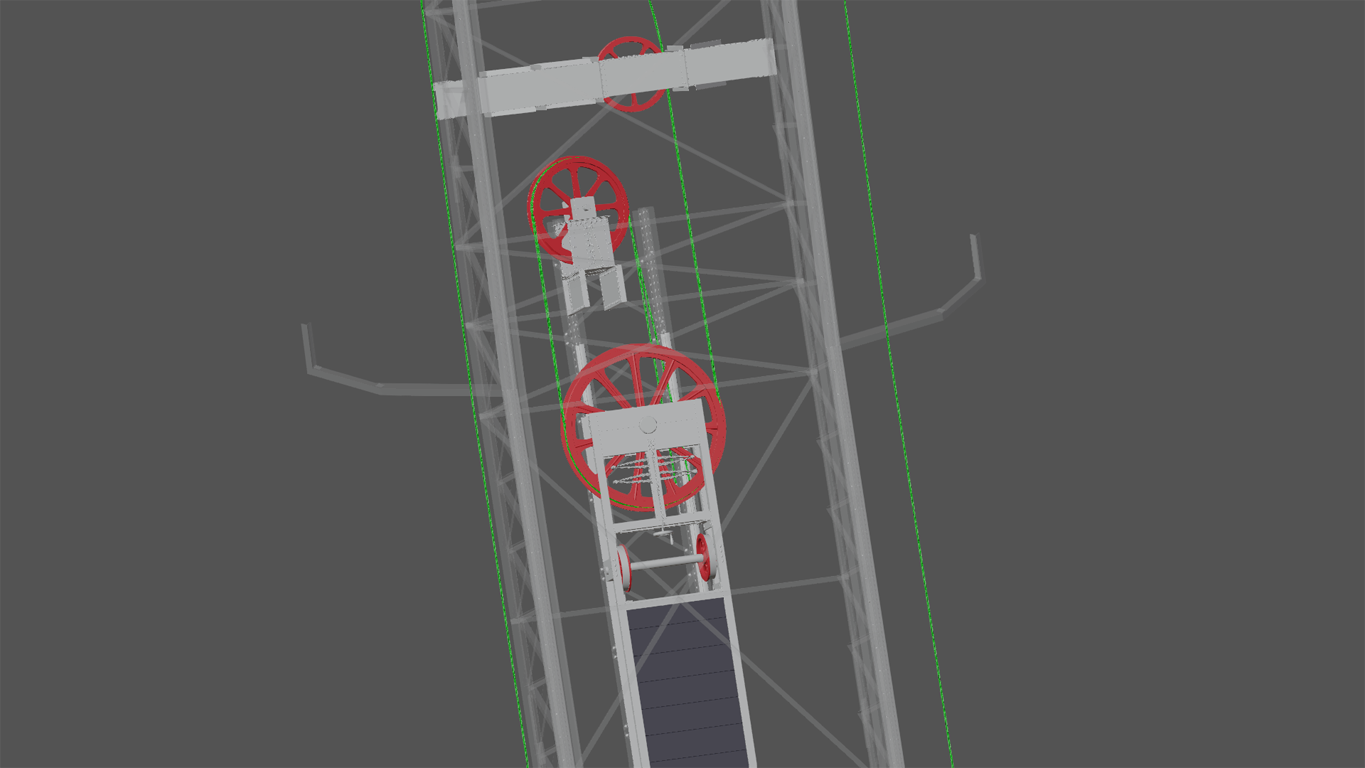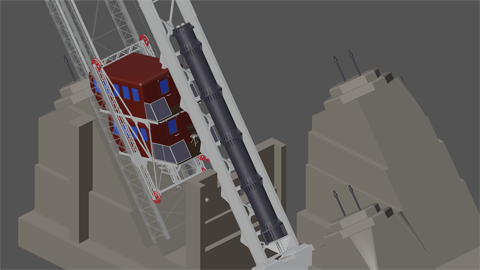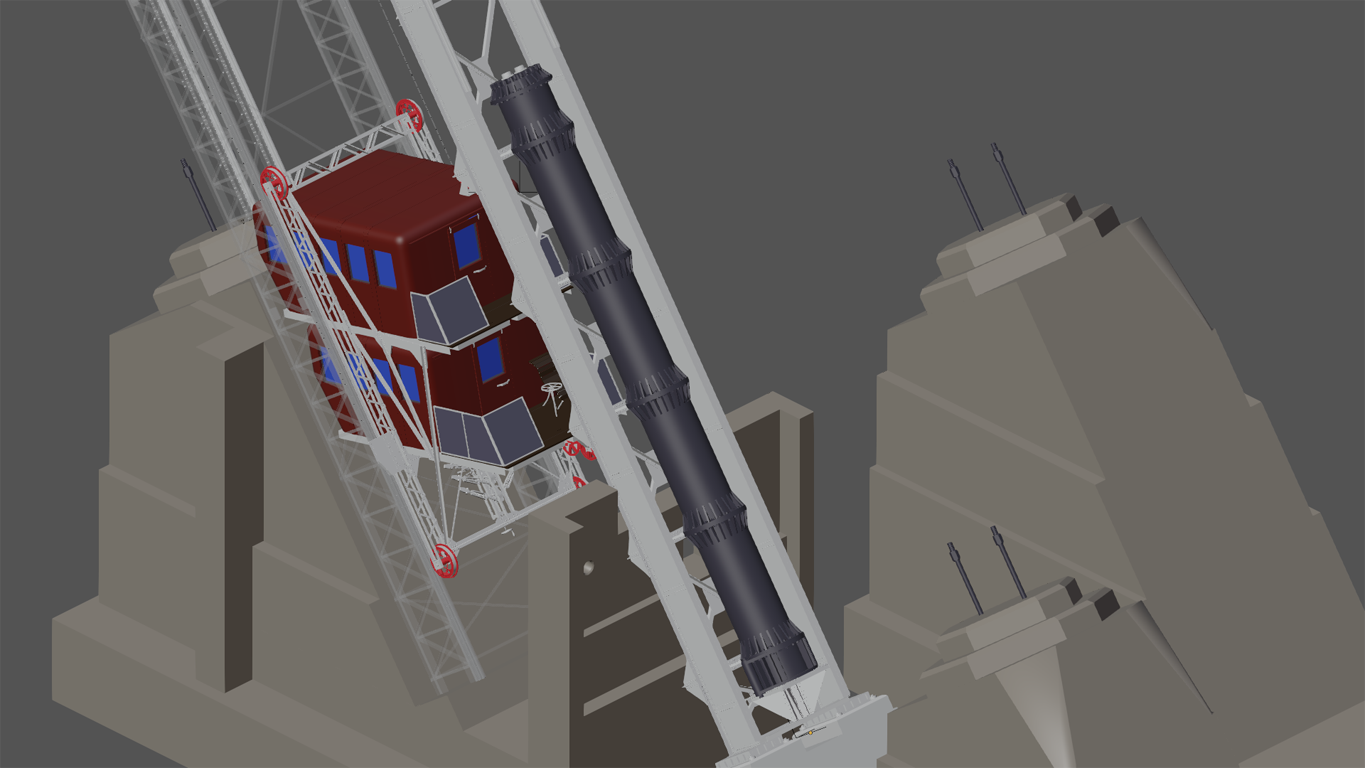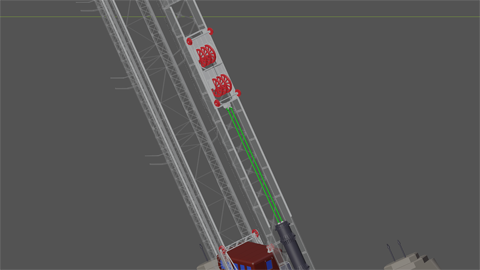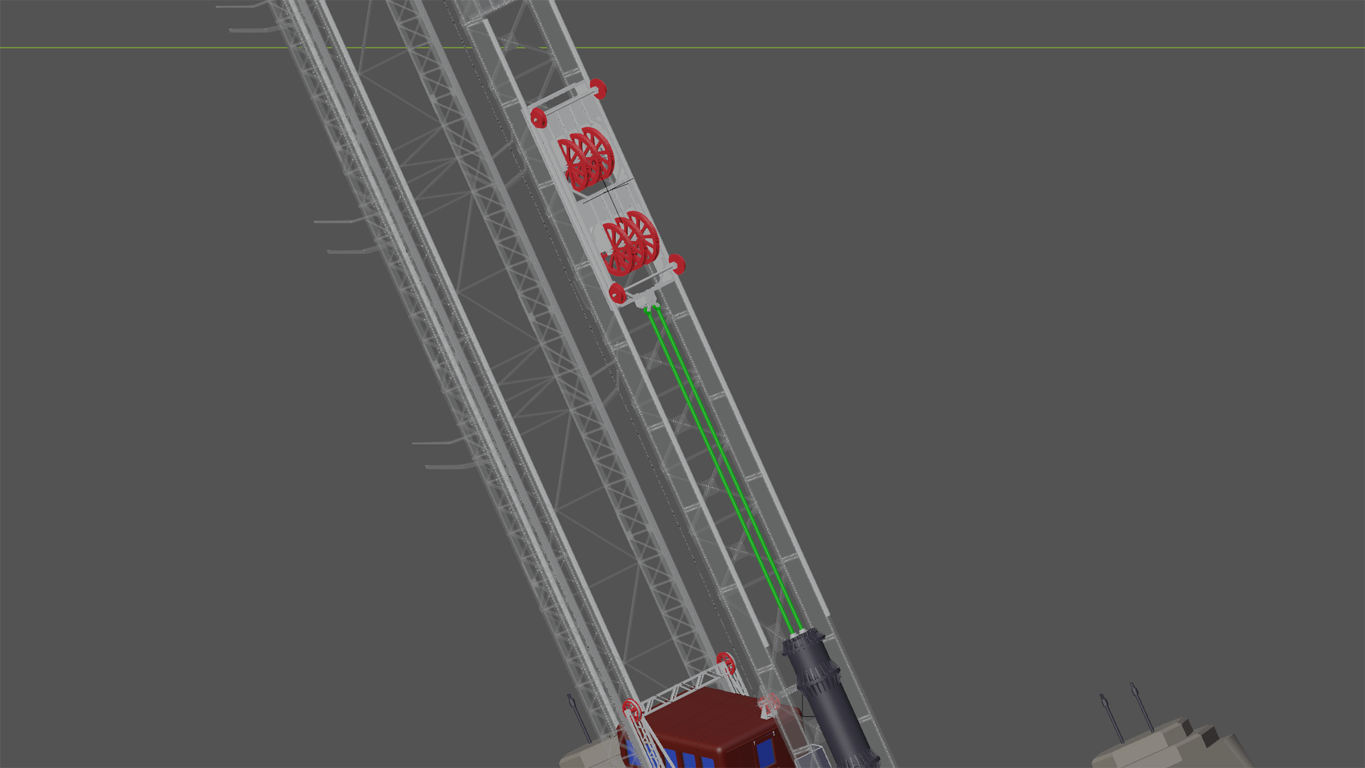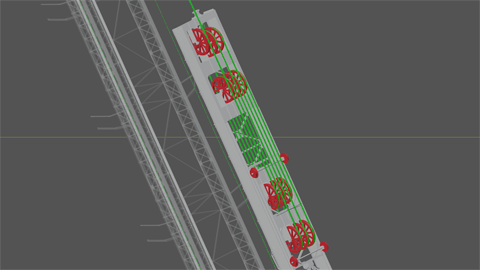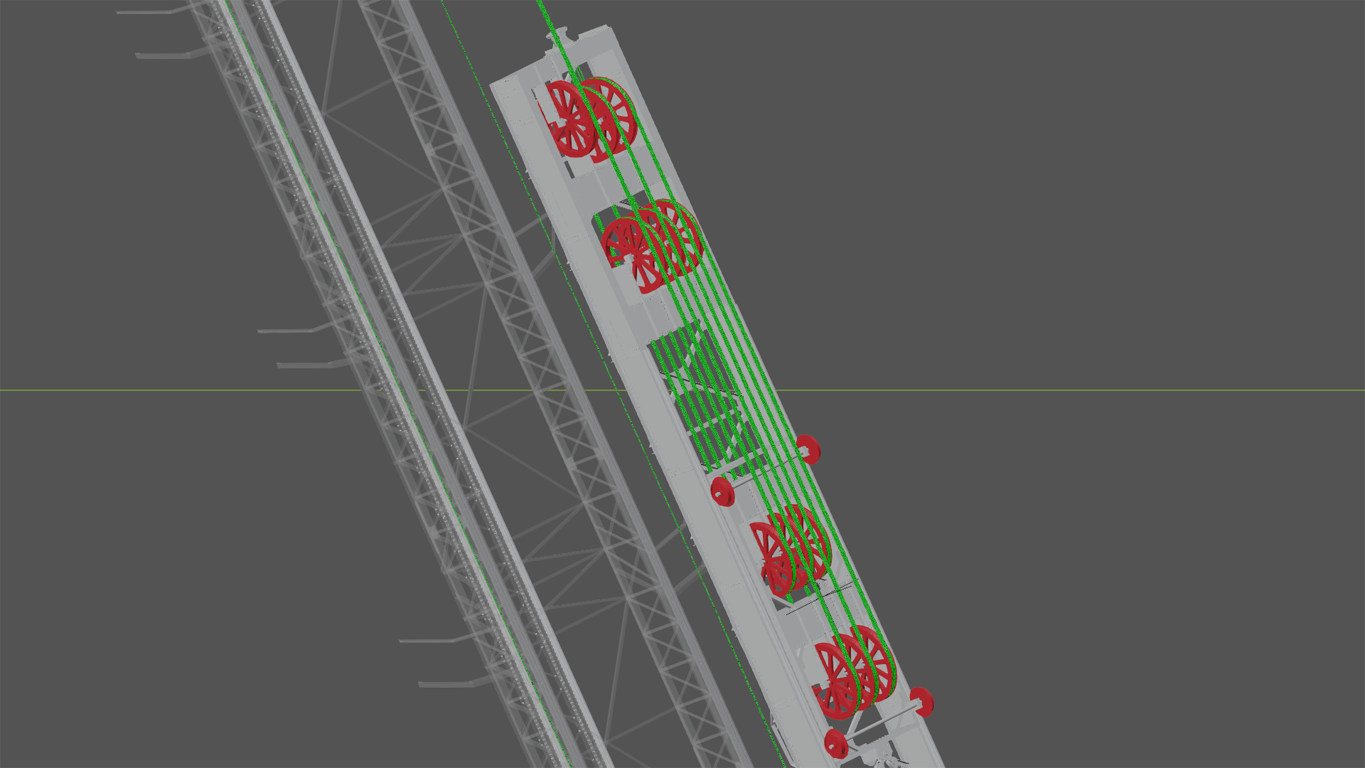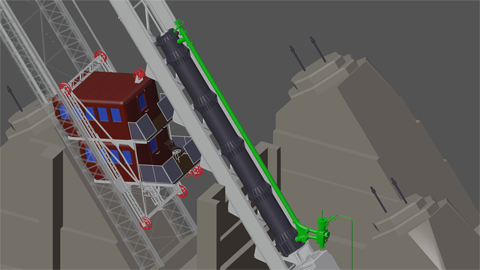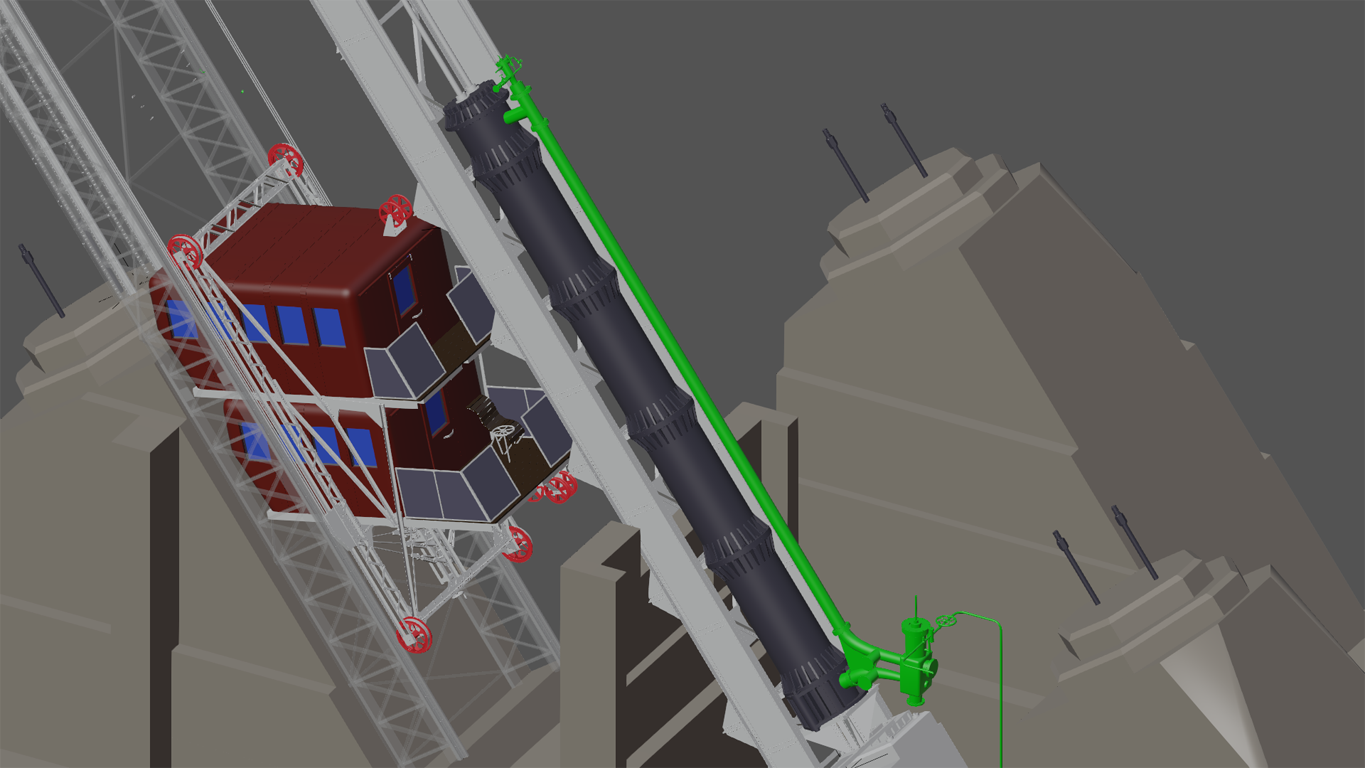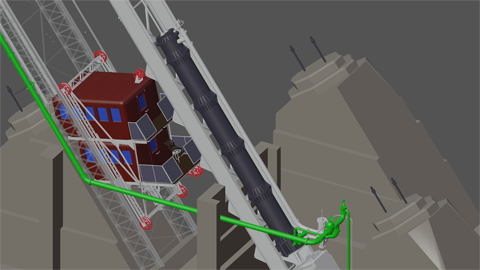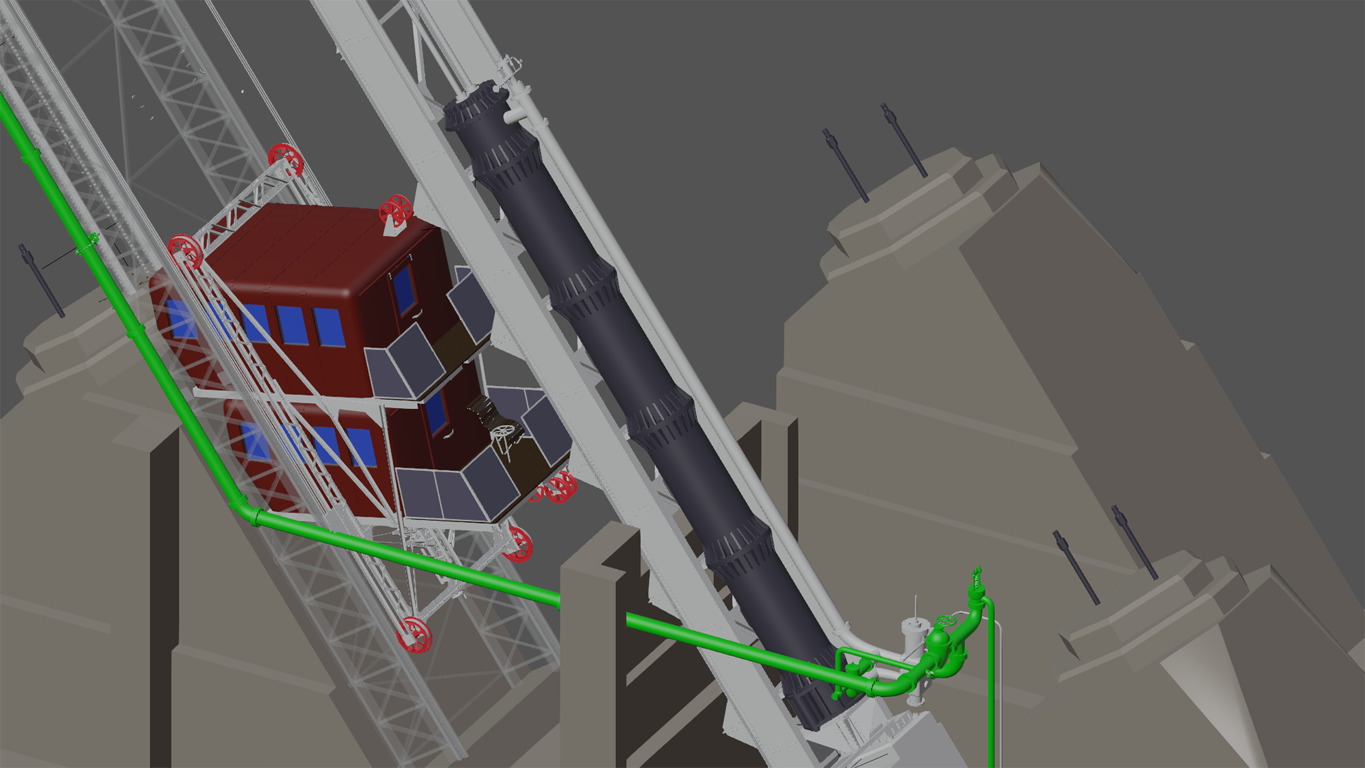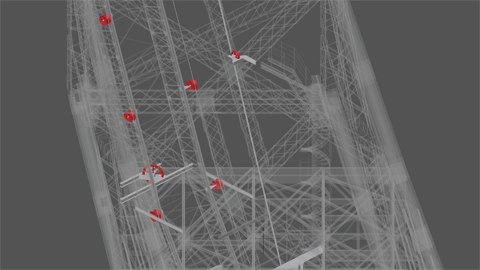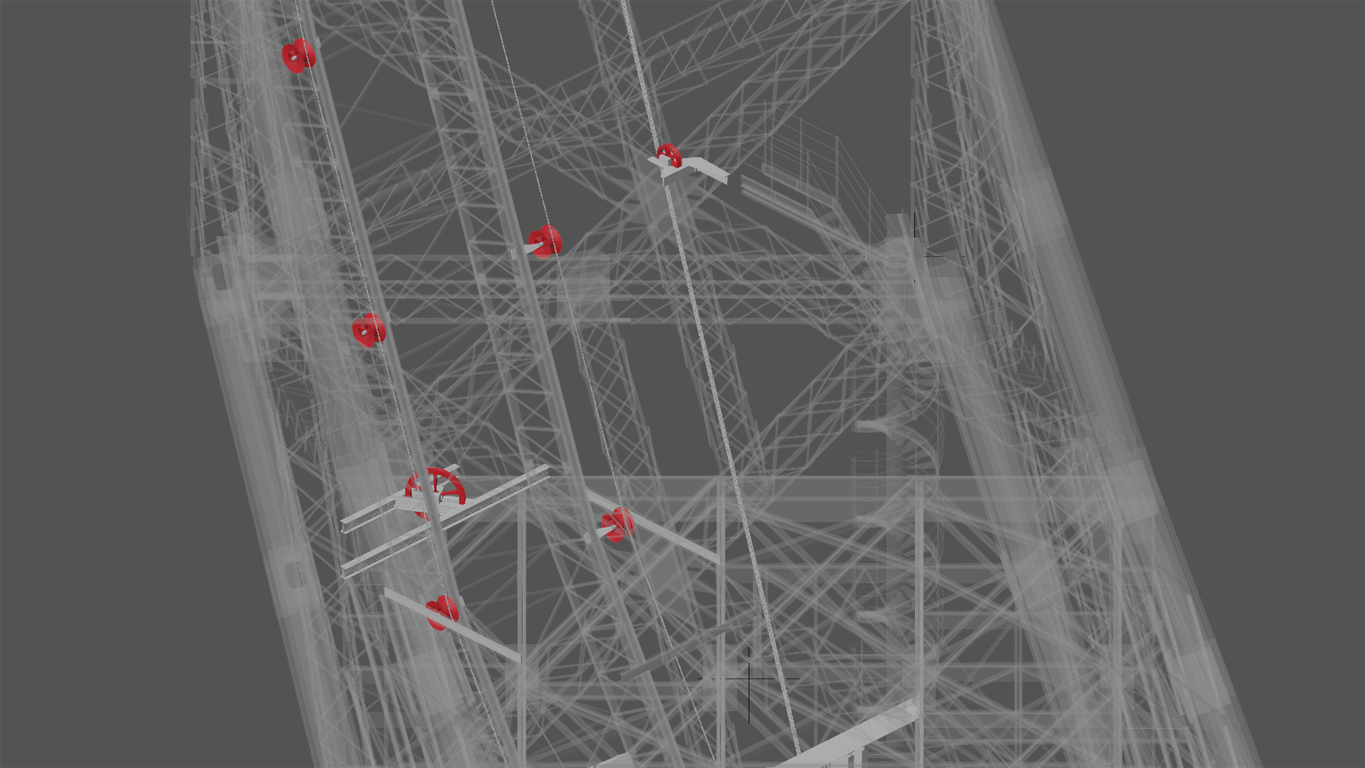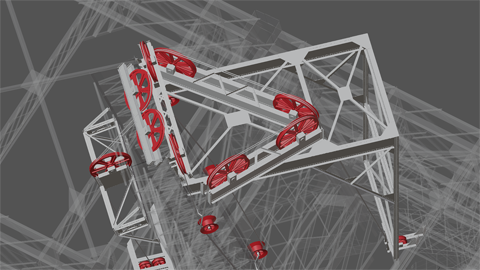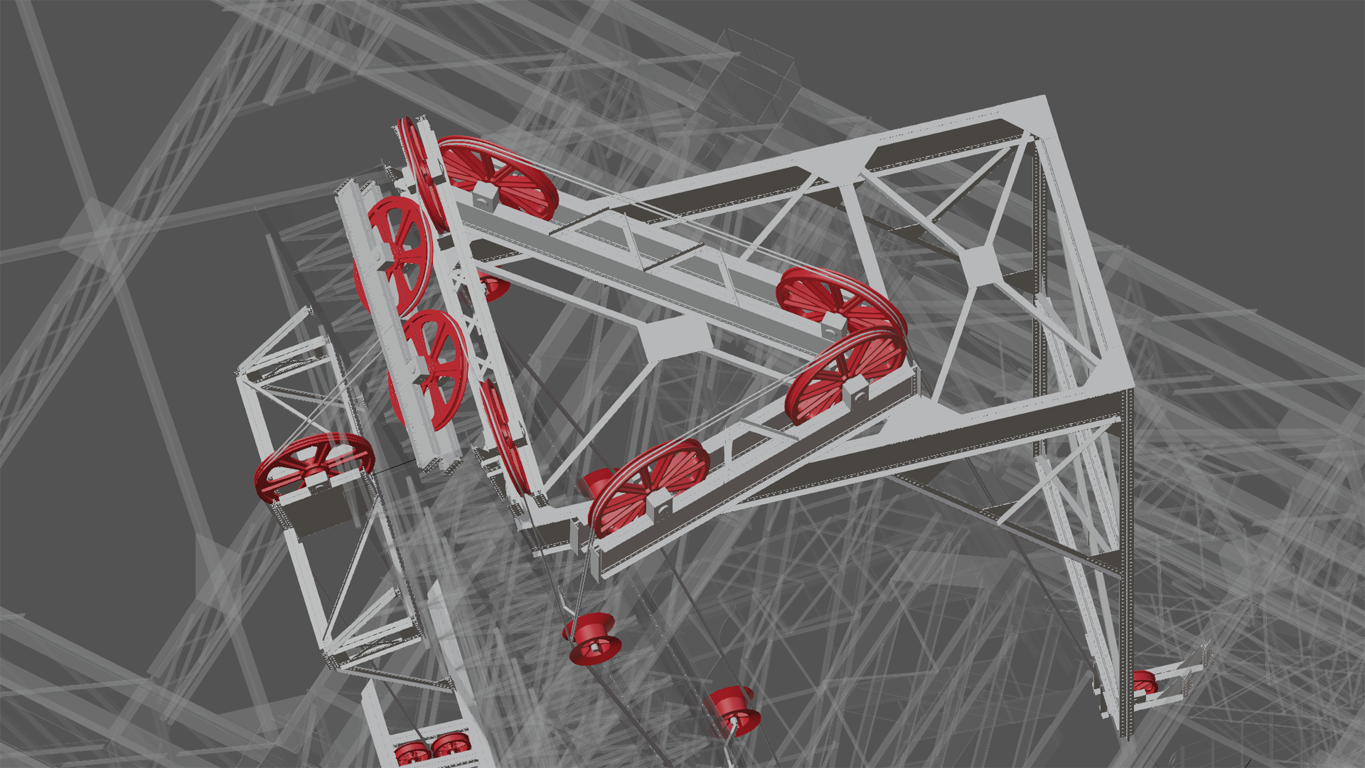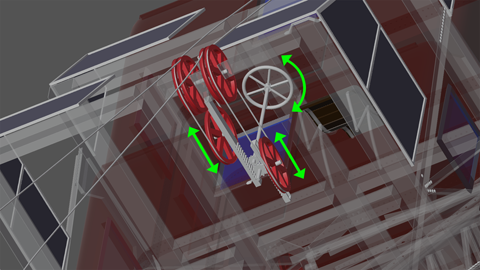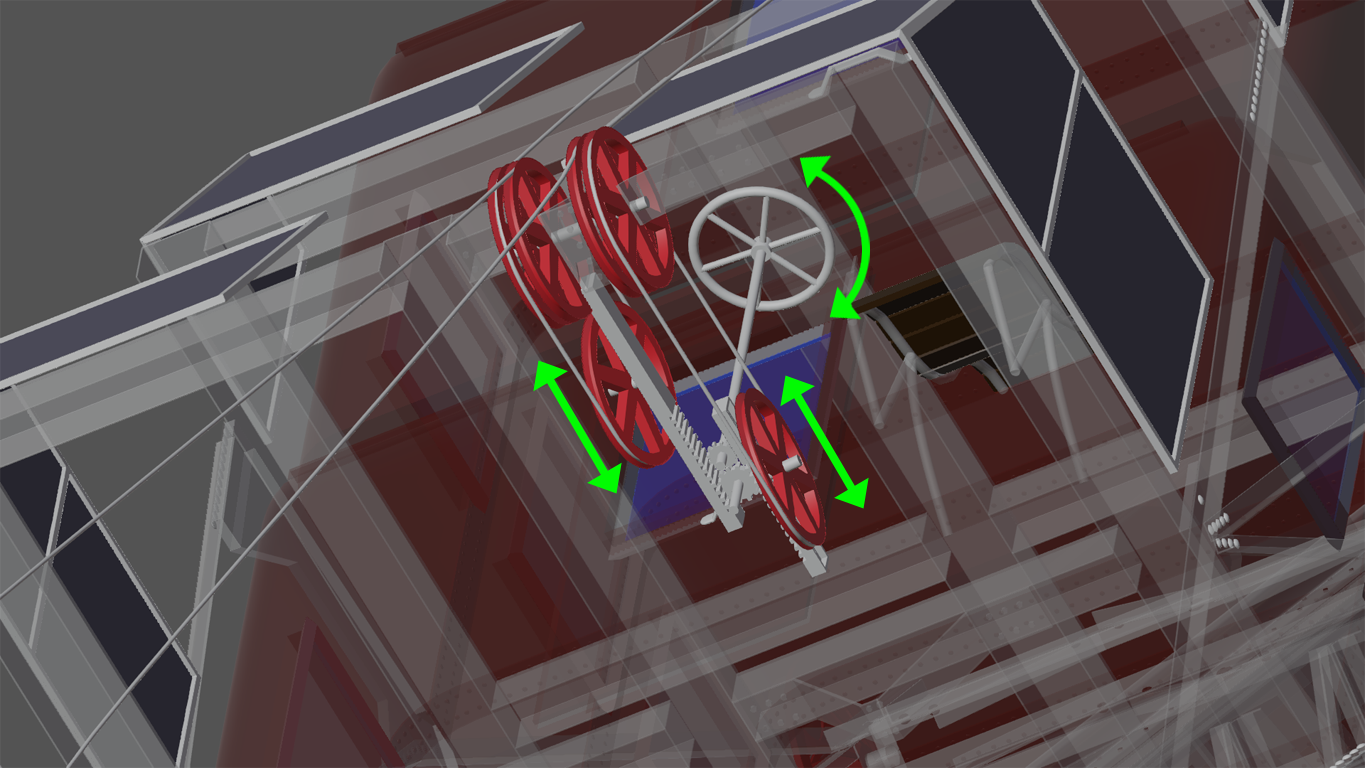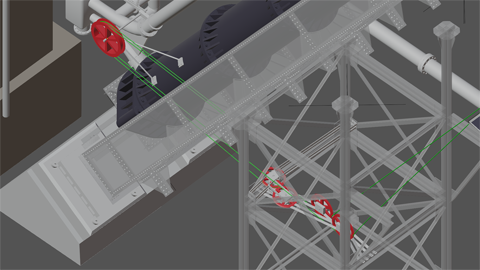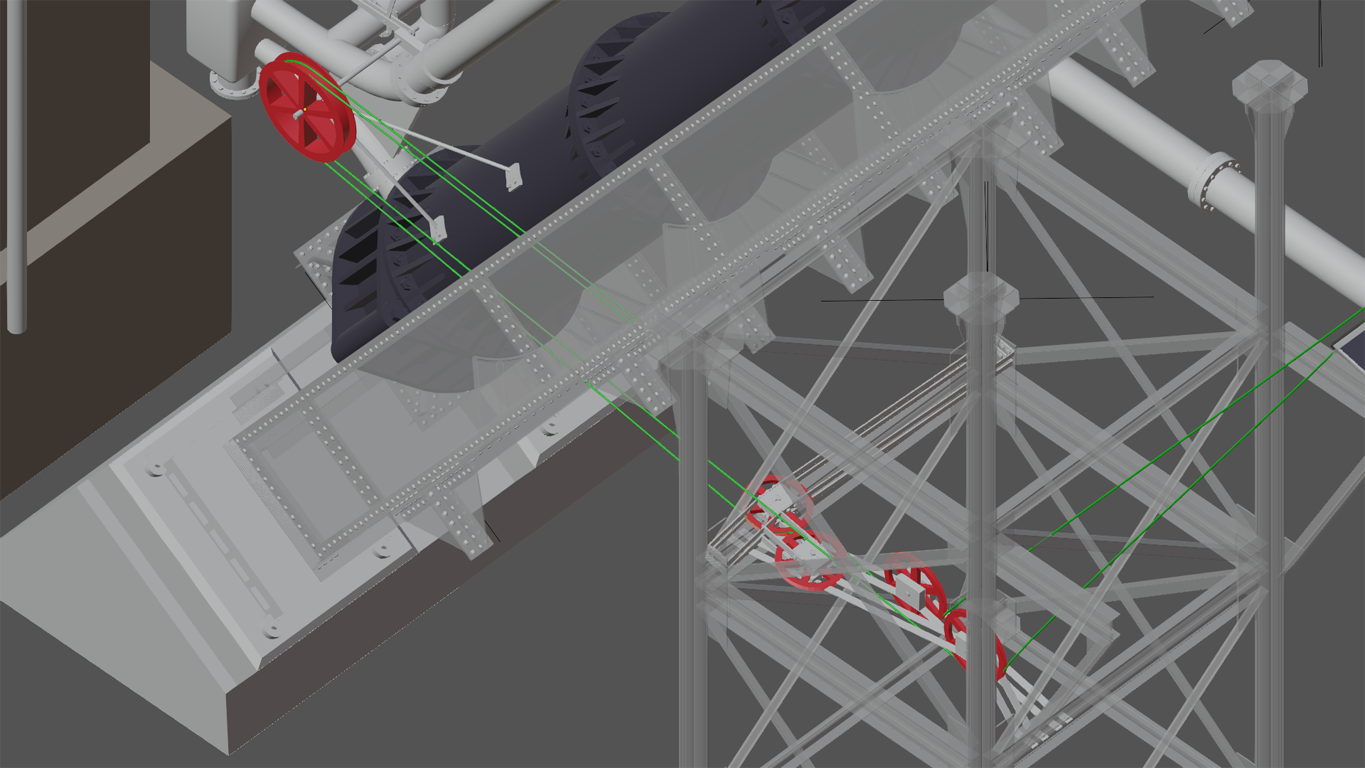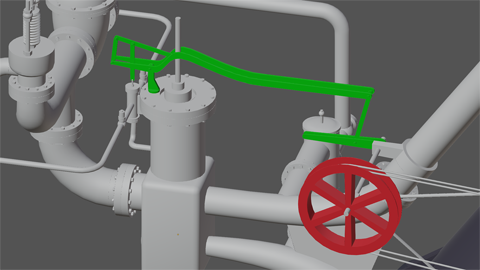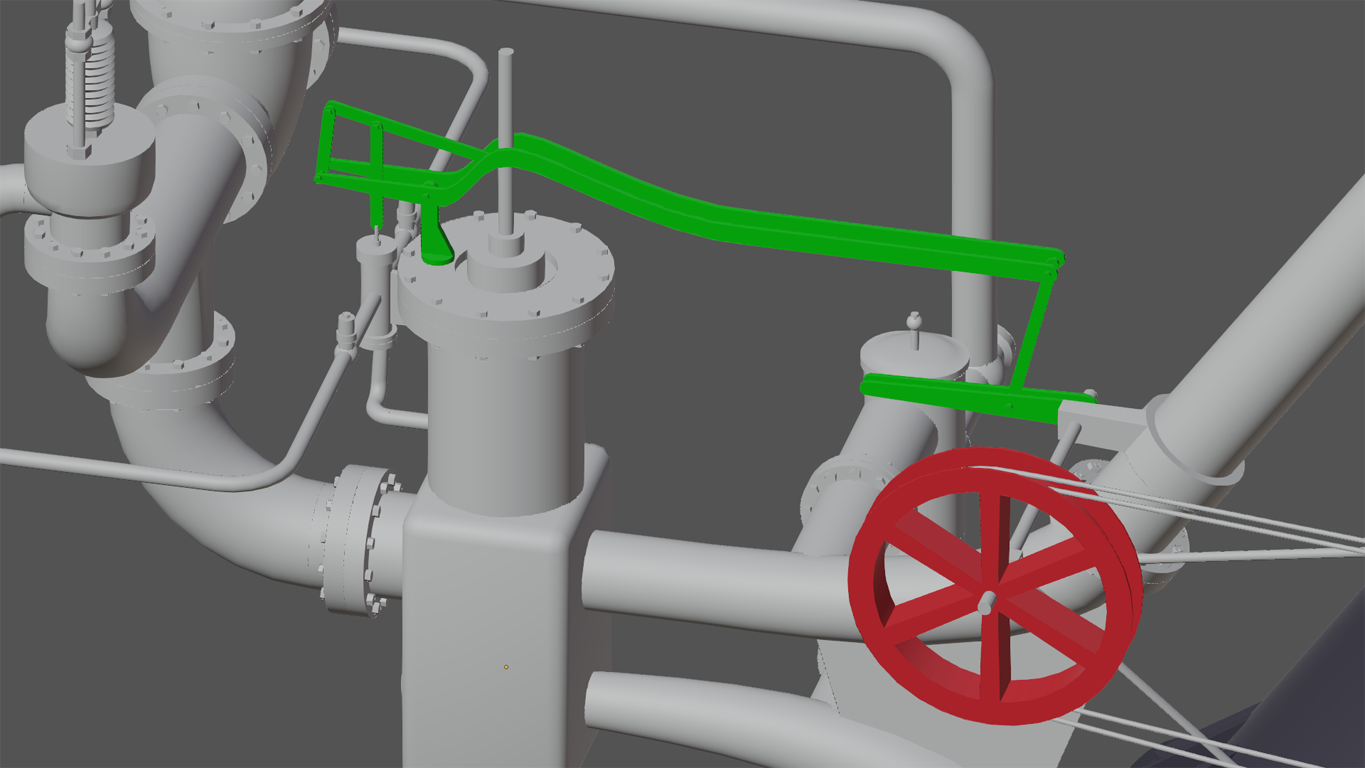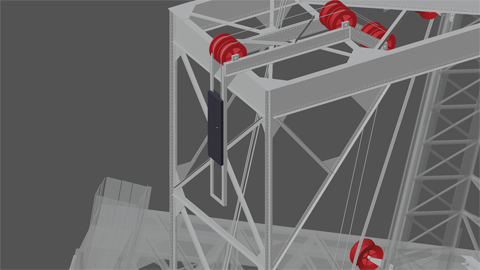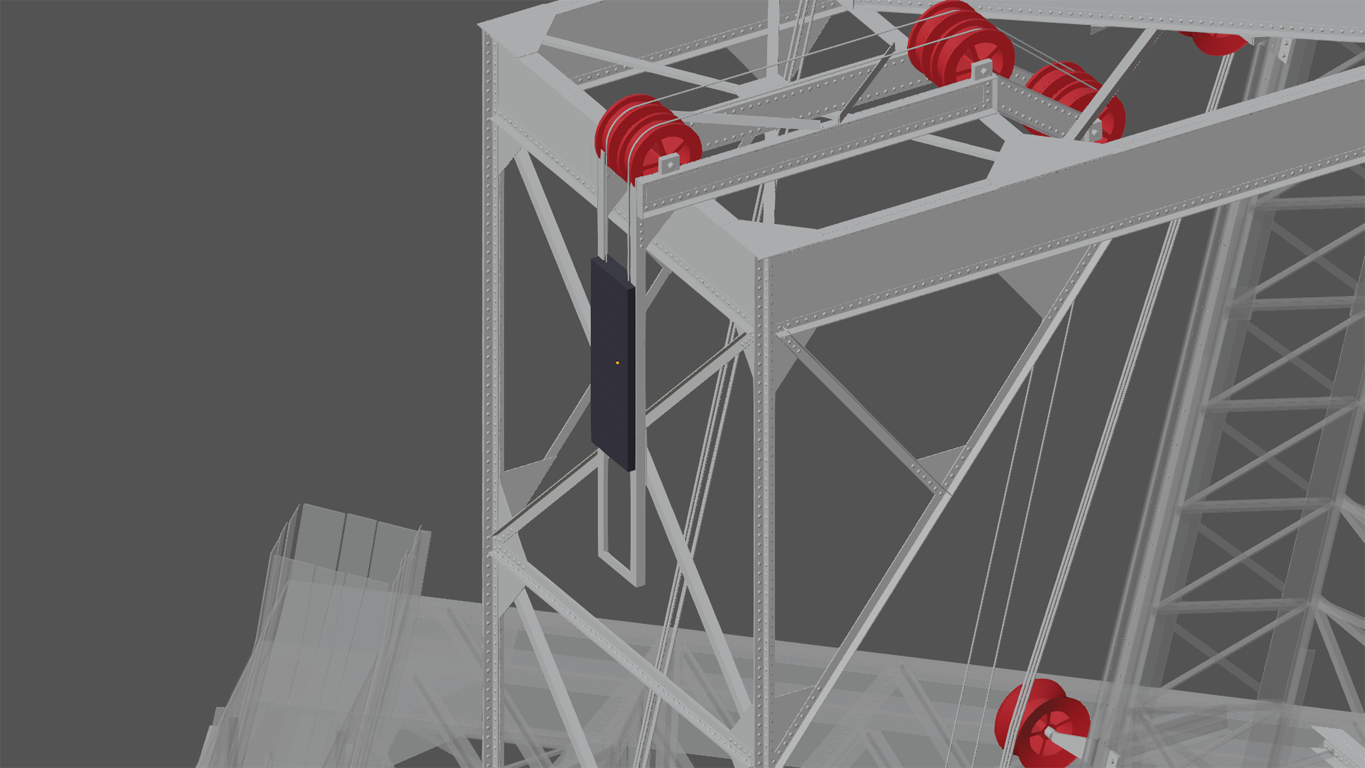Elevators #1
To me the original elevator system of the Eiffel Tower was a real miracle. Just imagine the huge distances to overcome as well as the (seen from nowadays) primitive technical ressources they had...
So I beg your pardon dealing with them quite detailled.
Let's start with an overview. Mr. Eiffel used three different elevator systems, usually named by their manufacturing companies:
For now we're gonna deal with the Otis and the Combaluzier system.
But before we start let's have a look at some technical principles they used - mainly two:
Hydraulics
The hydraulic principle was invented in 1795 by Joseph Bramah, so it should have been well-known nearly 100 years later at the time they built the Eiffel Tower.
The basic concept is simple - some liquid pressed into a cylinder lifts a piston:
The gain of power is enormous - even Mr. Bramah's first hydraulic system reached a factor of 2034 from ingoing to outgoing pressure.
Nowadays they use some special kind of oil as hydraulic fluid, but in the former times they used water.
Second technical principle are
Tackles
Tackles are very old - invented eventually by Archimedes. Simply speaking a tackle translates distance into power:
This principle can be reversed: If power doesn't matter (e.g. when using hydraulics) you can translate short into long distances. Concerning the Eiffel Tower this is of outstanding significance of course.
The "engine" of the Tower
Let's have a look at the water system:
As you see there are lots of tubes running through the whole Tower (in fact there were even more; some will be added later for the Édoux elevator).
Main element to drive the elevators were the two big water tanks on top of the second floor. Let's have a closer look:
The "heart" of the system was located in the souterrain of the Southern pillar (you may remember us having some empty space there; it will be filled with machinery from now on).
Using water as resource they had some reservoir (top left corner) which was fed mainly by the River Seine, but some used water from the machinery was led there as well. Fascinating: No waste of resource ;-)
Two big pumps ("Pompes Quillacq") transported the water upward to the before mentioned tanks on the second floor:
The pumps were driven by steam; therefor an ensemble of four boilers was installed:
The Otis elevator system
Again let's start with an overview:
and then have a closer look at the vehicle:
It mainly consists of two cabins, attached to a kind of wagon running on the rails.
You may notice the driver's seat on the platform outside the lower cabin.
The cabin floor is a bit declined due to the vehicle following the Tower's angle up to the second floor.
(Somewhere I read that they had a kind of mechanism adjusting the floor automatically, but it never seemed to work well and caused a lot of problems, so after some tests they decided to do without.)
To reduce the necessary power there was a counterweight:
The weight itself was attached to a small wagon and hat its own rail system, which was located below the main rails:
... and was connected to the vehicle by two cables:
Next we have the hydraulic cylinder:
... including a piston with two rods (green color). Another wagon is attached to the top of those rods; it runs on separate rails and represents the mobile part of the main tackle:
This third rail system is completed by the fixed part of the tackle. A bunch of four cables run through the tackle, their other end being as well connected to the vehicle:
The tackle has 6 turns - so if the wagon is dragged about 1 m, the vehicle will move 12 meters. The piston's way was about 10 m, i.e. the vehicle could deal with a distance of 120 m, which was comfortably enough.
The extremities of the hydraulic cylinder were connected by a so called distributor:
... where a system of valves allowed to press water in either on top or on bottom.
Lastly this system was connected to the huge water tanks on top of the second floor:
You might as well be interested in how the cables were led through the Tower's legs. This was done by a quite filigree system of rolls and wheels:
Lastly we'll have a short look about how the elevator was controlled - this was as well done by the use of cables.
Have a look at the vehicle's bottom:
Two cables were led through a system of four rolls - two of the rolls fixed to the vehicle's chassis, the other two attached to some gear-racks.
If the conductor moves the steering wheel one of the rolls moves outside and pulls the first cable, while at the same time the other roll moves inward, the second cable expands.
The cables then pass some more rolls...
... and lastly a lever regulates the valves within the distributor, and water streams into either the top or the bottom of the hydraulic cylinder.
Those steering cables were held under strain by a small counterweight right on top of the whole elevator system:
I find it totally fascinating that there were no additional pumps pressing the water into the hydraulic cylinder and lift the vehicle.
Somewhere I read they used "water under pressure" resp. comprimed water, but physics says that you cannot comprime liquids (opposite to e.g. air). It's simply gravity doing the job...
I guess that's enough information for now ;-) We're gonna deal with the Combaluzier system on the next page.

